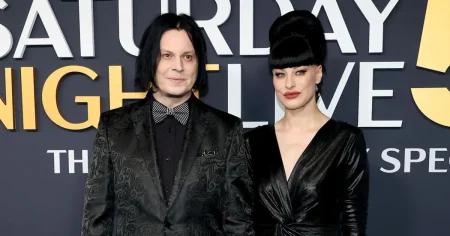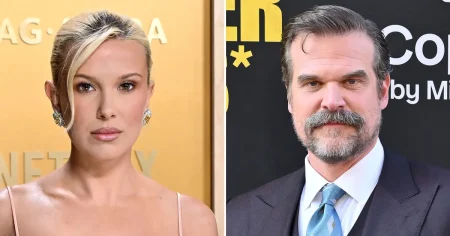The Enduring Allure of Hitchcock’s “Rear Window”
In the realm of classic cinema, few films have maintained their suspenseful edge and cultural relevance quite like Alfred Hitchcock’s masterpiece “Rear Window.” Released in 1954, this thriller taps into a universally relatable curiosity—the wondering about our neighbors’ private lives that many of us experience but rarely admit. The film centers on professional photographer L.B. Jeffries, brilliantly portrayed by James Stewart, who finds himself confined to a wheelchair in his Greenwich Village apartment following an accident at a racetrack. To combat his boredom, Jeffries begins using his camera to observe the daily activities of his neighbors across the courtyard, creating a pastime that soon transforms from innocent entertainment into something far more sinister when he suspects one neighbor of murder.
Hitchcock masterfully uses Jeffries’ confinement to explore voyeurism, turning viewers into accomplices as we peer through windows alongside the protagonist. Through his telephoto lens, Jeffries observes a fascinating cross-section of urban life: the graceful “Miss Torso” practicing her dance routines, a struggling composer working late into the night, a lonely woman seeking connection, and a jewelry salesman named Lars Thorwald (Raymond Burr) whose wife mysteriously disappears during a rainstorm. This disappearance becomes the catalyst for the film’s central tension—did Thorwald murder his wife, as Jeffries suspects, or has the photographer’s imagination run wild due to his isolation and boredom? The ambiguity keeps viewers guessing and invested throughout the film’s runtime.
What elevates “Rear Window” beyond a simple mystery is the rich character dynamics, particularly between Jeffries and the women in his life who become drawn into his amateur sleuthing. His glamorous girlfriend Lisa, portrayed with elegant determination by Grace Kelly, initially dismisses his suspicions but gradually becomes his most valuable investigator, even risking her safety to gather evidence. Thelma Ritter delivers a scene-stealing performance as Stella, Jeffries’ practical and witty nurse who offers both assistance and sharp commentary on his voyeuristic hobby. Their evolving beliefs in Jeffries’ theory create a compelling subplot about trust and relationship dynamics that runs parallel to the murder mystery.
The technical achievements of “Rear Window” remain impressive even by modern standards. Hitchcock constructed an enormous set representing the apartment complex courtyard, complete with fully realized apartments where the neighbors’ stories unfold. This immersive environment allows viewers to feel as though they’re right beside Jeffries, experiencing his confinement and sharing his limited perspective. The director’s famous restraint with the camera—rarely leaving Jeffries’ apartment until crucial moments—heightens the claustrophobia and forces the audience to piece together the mystery from the same restricted vantage point as our protagonist. This limitation turns ordinary occurrences into potentially sinister clues, training viewers to become suspicious observers themselves.
Beyond its thrilling plot, “Rear Window” offers thoughtful commentary on urban isolation in an increasingly disconnected society. Despite living in close proximity to dozens of neighbors, Jeffries knows little about them beyond what he can observe from afar. Each apartment window frames a different human story, yet meaningful connection remains elusive until crisis brings some neighbors together. The film subtly questions our responsibilities to one another and explores the ethics of observation without engagement. Jeffries’ voyeurism serves as a metaphor for cinema itself—we as audience members are also watchers of others’ lives without their knowledge or consent, raising questions about the morality of spectatorship that remain relevant in today’s social media landscape.
Nearly seventy years after its release, “Rear Window” continues to captivate new generations of viewers with its perfect blend of suspense, romance, and social commentary. Its enduring appeal lies in Hitchcock’s understanding of fundamental human psychology—our curiosity about others, our fear of violence lurking beneath ordinary appearances, and our desire for connection despite our isolation. The film’s influence can be seen in countless thrillers that followed, from Brian De Palma’s homages to modern works like “Disturbia” and “The Woman in the Window.” Unlike many of its contemporaries, “Rear Window” never feels dated or tethered to its era; instead, it remains as engaging and thought-provoking as it was upon release. Perhaps most tellingly, after watching it, many viewers find themselves looking at their own neighborhoods with new eyes, wondering what secrets might be hiding behind their neighbors’ curtains—exactly as Hitchcock intended.















